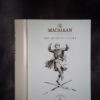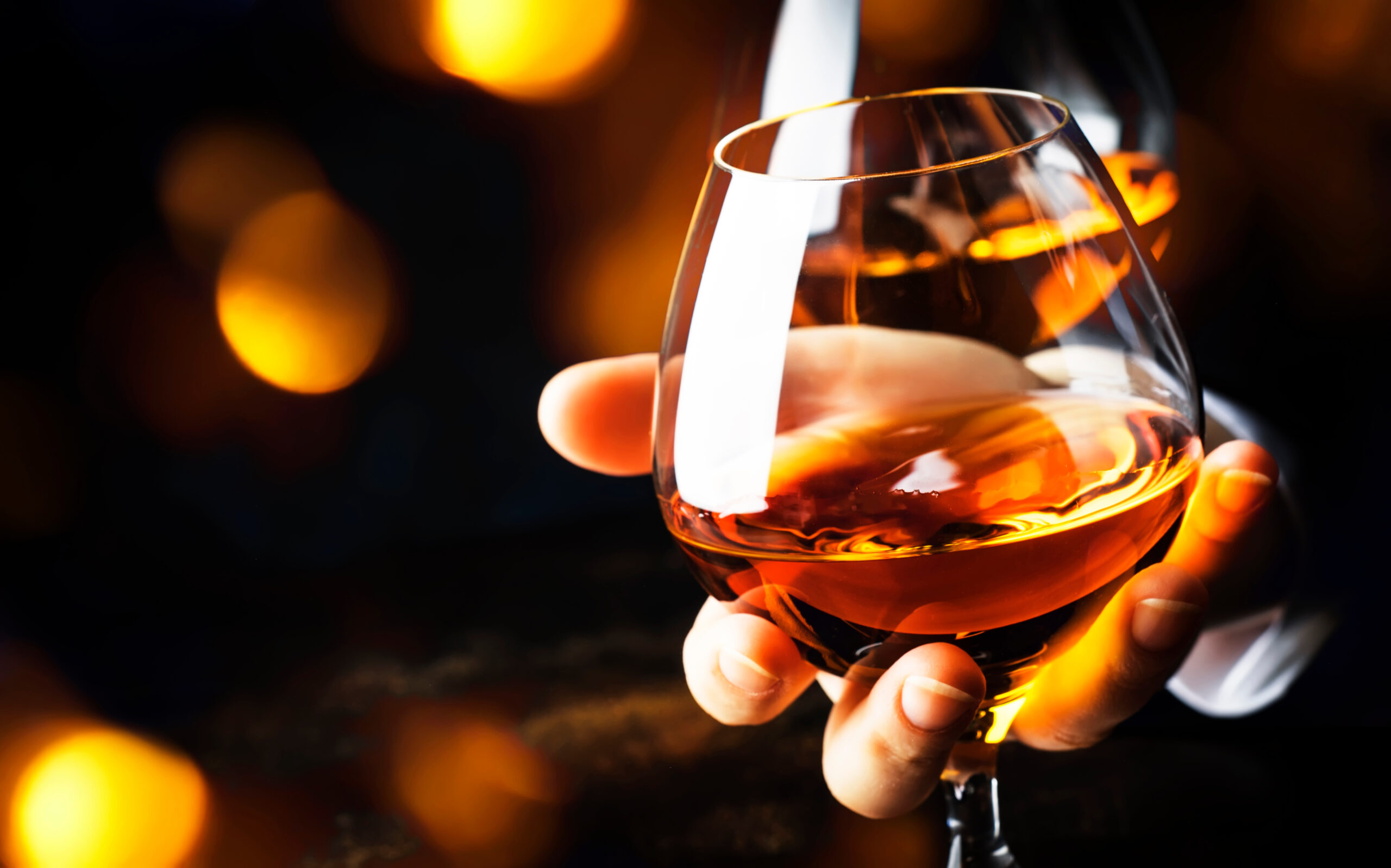A Toast to Tradition: Unveiling the History of French Cognacs and Brandies
For centuries, France has held a distinguished position in the world of spirits. From the smooth complexities of Cognac to the diverse range of French brandies, the country boasts a rich heritage steeped in tradition, innovation, and a deep respect for the land. This essay delves into the captivating story of French Cognacs and brandies, exploring their origins, production methods, and distinct characteristics.
Early Beginnings: From Wine to Eau-de-Vie (12th-17th Centuries)
The story of French brandies stretches back to the 12th century, intertwined with the development of winemaking practices. During this period, winemakers discovered that distilling leftover grape pressings or wines deemed unsuitable for sale could produce a potent spirit known as “eau-de-vie,” meaning “water of life.” While initially used for medicinal purposes, eau-de-vie gradually gained popularity as a beverage.
However, the region that would become synonymous with brandy – Cognac – remained relatively obscure until the 17th century. Located in western France, Cognac’s chalky soil and temperate climate proved ideal for grape cultivation, particularly the Ugni Blanc grape variety. This grape, known for its high acidity and low sugar content, yielded a light-bodied wine perfect for distillation.
The Dutch Connection and the Birth of Cognac (17th-18th Centuries)
A pivotal moment arrived in the 17th century with the Dutch trade wars with England. Unable to import English spirits, the Dutch turned to French eau-de-vie, particularly those produced in the Cognac region. However, the long journey across the sea often spoiled the wine, prompting the French to experiment with double distillation, a technique that concentrated the alcohol and made it more durable. This double distillation process remains a cornerstone of Cognac production today.
The Dutch also nicknamed the spirit “brandewijn,” meaning “burnt wine,” which eventually morphed into the term “brandy.” As demand for Cognac soared, producers began to refine their techniques, aging the spirit in oak barrels for extended periods. This aging process imparted a rich amber color, mellowed the harshness of the spirit, and infused it with notes of vanilla, spice, and dried fruit, giving birth to the Cognac we know today.
Regulation and Classification: Ensuring Quality (19th-20th Centuries)
The 19th century saw a surge in Cognac production, leading to concerns about quality control. In 1863, the French government established the “Cru System” to define the Cognac production zones. This system divided the region into six crus, with Grande Champagne and Petite Champagne considered the most prestigious due to their superior soil quality.
Further regulations were introduced in the 20th century, establishing a classification system based on aging. VS (Very Special) Cognac must be aged for at least two years, VSOP (Very Superior Old Pale) for at least four years, and XO (Extra Old) for a minimum of ten years. These classifications allow consumers to understand a Cognac’s potential complexity and its price point.
Beyond Cognac: Exploring the Diverse World of French Brandies (16th Century-Present)
While Cognac occupies a prominent position, French brandies encompass a wider range of spirits, each with its own unique character. Here are some notable examples:
- Armagnac: Produced in the Gascony region southwest of Cognac, Armagnac uses different grape varieties and a single distillation process, resulting in a more robust and rustic spirit.
- Calvados: This apple brandy hails from Normandy in northern France. Apples are fermented and distilled to create a spirit with a distinct apple-forward flavor profile.
- Poire William: Made from Williams pears in eastern France, this brandy boasts a unique floral and pear-like aroma.
- Marc: A grape brandy produced in Burgundy and other wine regions in France, Marc is typically enjoyed young and possesses a strong grapey character.
A Legacy of Innovation and Tradition
French Cognac and brandy production remain deeply rooted in tradition. Copper pot stills, passed down through generations, are used for distillation, and the art of selecting and blending different eaux-de-vie to create complex flavor profiles continues to be a closely guarded skill. However, innovation also plays a role. Today, some producers are experimenting with different grape varieties, aging techniques, and cask finishes to create new expressions of the spirit.
A Toast to the Future: French Brandies in the 21st Century
The future of French Cognacs and brandies appears bright. Growing global interest in premium spirits, along with a renewed appreciation for artisanal production, bodes well for the industry. With a rich heritage, meticulous production methods, and a commitment to innovation, French brandies continue to captivate the palates of connoisseurs worldwide. Whether savoring a smooth XO Cognac or exploring the diverse world



